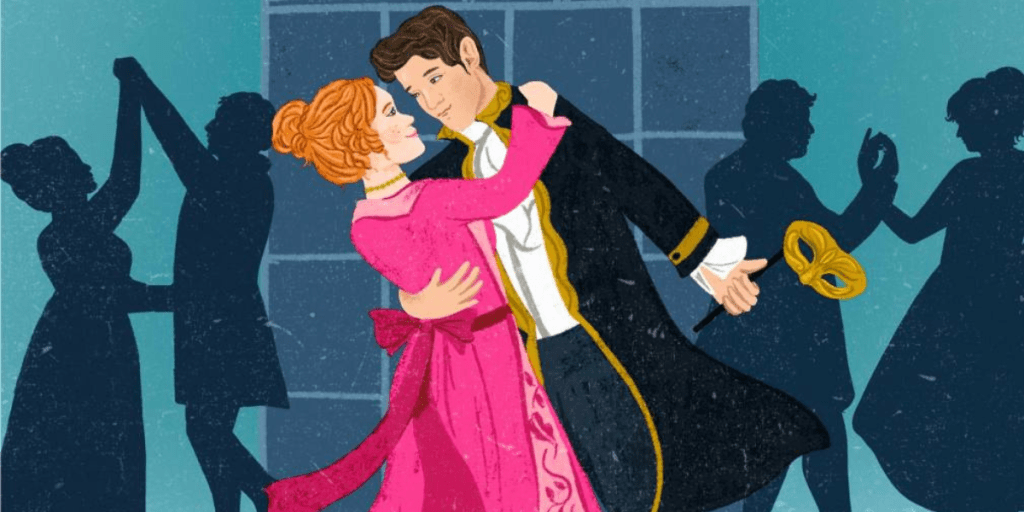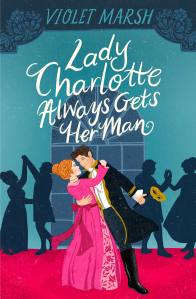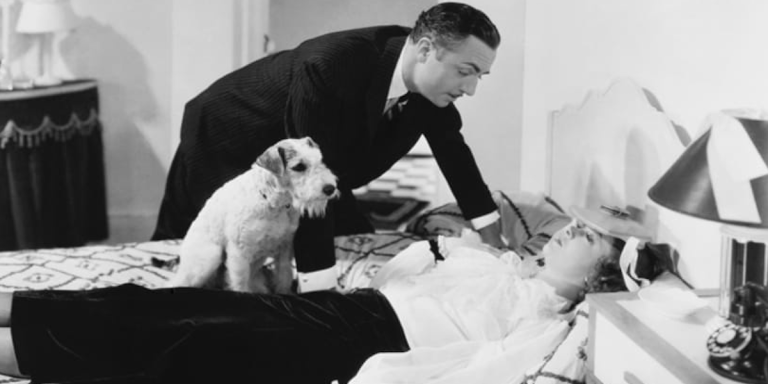Romantic Mystery Spotlight: Committing the Perfect Crime

How do you commit the perfect crime in the romance-mystery genre? Make it personal to the heroes. Dastardly deeds aren’t just an enigma for the detective and the readers to unravel. They’re also ideal for spinning entanglements of the romantic kind.
In a classic whodunit, a familiar face is parachuted into a murder scene. The starring gumshoe typically possesses innate personality traits that don’t alter too much over the series. There’s the brilliant but aloof Sherlock Holmes; the outwardly unassuming but always observant Miss Marple; the fussy but precise Hercule Poirot; and the slow-talking but fast-witted Benoit Blanc from Knives Out. The focus stays primarily on the suspects, their twisty-turny motives, and the evidence.
But in a romance, the leads must embark on an emotional exploration where they are simultaneously each other’s guiding star and primary obstacle. Thus, the investigation can’t just be about dropping hints, but about challenging the couple on their personal journey.
Writing as both Jayne Ann Krentz (contemporary romances) and as Amanda Quick (historical romances), Jayne Ann Krentz excels at giving her heroines and heroes very intimate connections to the mysteries they’re solving. In Promise Not To Tell, both the hero and heroine escaped a cult as children after a deadly fire. The central mystery ties back to their past and throws them together in the present. The clues they find don’t just help them piece together the truth behind an artist’s suspicious suicide, but the evidence forces them to address old wounds. Together, they must help each other heal.
Quick’s 1930s Burning Cove series opens with her heroine, Irene Glasson, narrowly avoiding death after her mentor, employer, and friend is brutally murdered in The Girl Who Knew Too Much. When Irene flees from the East Coast to the West Coast, the same danger continues to stalk her, while she also gets embroiled in a Golden Hollywood scandal. The second novel, The Other Lady Vanishes, begins with the new female lead escaping from a sanitarium. The reasons behind her imprisonment continue to drive the rest of the story. A pattern soon emerges of a heroine in peril with the guts to solve the problem herself…with a little support and a lot of smoldering looks and kisses from her partner.
It’s not just Western romance fiction that has this motif. In Our Blooming Youth, a K-drama set during the Joseon Dynasty, the heroine, Min Jae Yi, has been falsely accused of poisoning her entire family on the eve of her arranged marriage. On the run and faced with a painful execution, Jae Yi’s only way to save herself is to solve her parents’ death. She has one major lead—a letter from the Crown Prince, Yi Hwan, asking her father for help in unraveling a seemingly supernatural plot against him. The only problem is: the Crown Prince didn’t send the missive. He is, however, actually tormented by a ghost claiming that Hwan killed his older brother and will die dethroned and alone. Jae Yi and Hwan begin a fractious relationship based originally on mistrust and mutual need to save themselves. The two central mysteries serve both to thrust the two together and to create suspicions between them—a perfect combination for a romance.
Male characters can also be the ones in danger. In Useless Lies, a contemporary K-drama, the hero is accused of killing his high-school girlfriend, who has been missing for years. Although charges were dropped, the public believes him guilty. After being the victim of multiple assaults, he changed his name and began living as a reclusive but successful K-pop composer. His existence has shrunk to his luxurious, but lonely apartment and his music. But when circumstances cause him to move next-door to a woman who can literally hear lies (a bell chimes in her head), his life changes. The mystery behind his ex-lover’s disappearance both threatens to break apart the new couple, but also forces them to confront unhealed pain. Together they comfort and push each other outside of the boundaries that they and the world has imposed on them.
When I plotted Lady Charlotte Always Gets Her Man, I started with a very personal and classic historical romance trope: the heroine is being forced by her parents to marry a widower, Viscount Hawley, whose two previous wives died under suspicious circumstances. Her response, though, isn’t typical. Charlotte decides to seek her independence by investing in a coffeehouse and setting up a secret and scandalously co-ed backroom in 1750s London. But even her income from the new establishment won’t completely free her. She must find incontrovertible evidence to prove Hawley’s crimes.
Once I had determined Charlotte’s ties to the mystery, I needed to establish how the hero, Matthew, connected to the viscount’s misdeeds. And what better way to create tension between the leads than to make Matthew the brother of Charlotte’s unwanted betrothed? Bullied by his older sibling as a child, Matthew also seeks to end Hawley’s reign of cruelty. But his familial relationship with the noble prompts not just suspicion but danger too. What pulls the two lovebirds together also pushes them apart, with the clues spurring on not just their discovery of villain’s true depravity, but their own romance.
About the Author
Two-time Golden Heart finalist Violet Marsh is a lawyer who decided it was more fun to write witty banter than contractual terms. A romance enthusiast, she relishes the transformative power of love, especially when a seeming mismatch becomes the perfect pairing. Marsh also enjoys visiting the past—whether strolling through a castle’s ruins, wandering around a stately manor, or researching her family genealogy online (where she discovered at least one alleged pirate, a female tavern owner, and several blacksmiths). She indulges in her love of history by writing period pieces filled with independent-minded women and men smart enough to fall for them. Marsh lives at home with Prince Handy (a guy who can fix things is definitely sexier than a mere charmer), a whirlwind (her toddler), and a suburban nesting dog (whose cuteness Marsh shamelessly uses to promote her books).
In many ways, Dr. Matthew Talbot is the exact opposite of his sibling—scholarly, shy, and shunned by society. But like his brother, he has secrets, and he doesn’t need Charlotte exposing them in her quest to take down the viscount. It only seems prudent to help her while keeping her from poking her nose in all the wrong places. But as they put their hearts at risk to grow closer to each other, they are also getting closer to a dangerous confrontation with Hawley.
By clicking 'Sign Up,' I acknowledge that I have read and agree to Hachette Book Group’s Privacy Policy and Terms of Use



